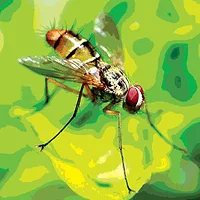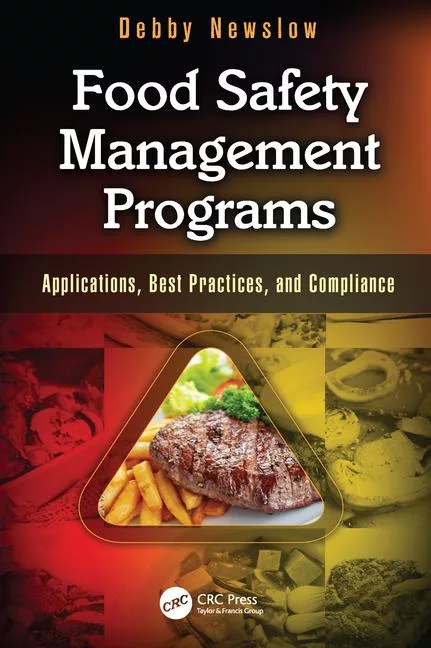Implementing FSMA compliance through pest prevention

Whether it is microbial or pest concerns to be addressed in a FSMA-compliant food safety program, the goal is to build a preventative program based on identified risks. Preventive controls, monitoring, corrective actions and verification with a stout documentation program will complete the program elements.
However, there are a few key considerations that can facilitate implementation of these components in the cold food and beverage industries. Electronic documentation, for instance, can help facilitate the decision-making process in program development, verification and maintenance. Sufficient inspection time for establishing the risk assessments, preventive controls, monitoring and any corrective actions is also needed to comply with FSMA. Just as prevention is considered a cornerstone of the food safety plan, inspections are a cornerstone of achieving the goal of preventive pest management.
Risk analysis and preventive controls
A risk analysis should be performed initially and reviewed periodically for modifications. This is accomplished through a thorough inspection and data review of past pest pressures. When hiring a new pest management company, it can be helpful to provide the site’s past pest history documentation, in particular, trending reports, which summarize pest activity by area and monitoring device. Electronic data capture systems can also be helpful in accessing the information needed in making these assessments.
Buildings going through renovations, additions or new site construction should consider pest potential as part of the building design process. It can also be useful when determining site selection, as many of the structural pests encountered, including stored product pests, can come from the exterior.
Program monitoring
As with original risk analysis, a visual inspection will be important in assessing areas program effectiveness over time. The concept of pest vulnerable zones (PVZ) can assist with the inspection and monitoring process. A PVZ, or sometimes called pest vulnerable areas (PVA), are spaces identified as particularly conducive to pest activity and may be assigned a barcode for electronically recording inspection results. Pest capturing equipment can also be used as part of the monitoring process. Pheromone traps, insect light traps and multi-catch rodent traps are examples. The types and numbers of equipment will vary based on the site assessment.
Corrective actions
Despite a company’s best efforts at prevention, pest problems can still occur. How businesses respond is key in providing long-term control results. Whether it’s a pest like a mouse or a phorid fly infestation, finding and controlling the source through root cause analysis is essential in long-term program success.
Looking for quick answers on food safety topics?
Try Ask FSM, our new smart AI search tool.
Ask FSM →
When a pest occurs, it is a symptom that something has gone wrong with the preventative program. The use of insecticides or supplemental traps is only addressing the symptom and not the cause of the preventive controls failure. A more detailed look as to why the pest problem occurred is needed. This analysis can take time and requires assistance from the food plant staff working with the pest management firm.
Take for example, house flies and rodents originating around an exterior dumpster attracted by product spillage around the dumpster/compactor unit. The flies are breeding in the spillage and the rodents are feeding on the spillage. Perhaps part of the reason the spillage is present is due to a poor seal where the compactor meets the dumpster box. Not having sanitation staff present to clean the dumpster pad during times when the disposal company is changing out the dumpster may be part of the problem. Yet another cause may be that the dumpster box never gets cleaned. Fixing that seal and scheduling sanitation crews at the proper time can reduce spillage.
Two main components that will help facilitate the success of the pest management program under FSMA rules include the incorporation of electronic documentation and establishing sufficient time for inspection. Electronic documentation can assist with data assessment and record-keeping storage, while inspection time is essential for monitoring the program’s effectiveness and troubleshooting, should corrective actions be necessary.
This article was originally posted on www.refrigeratedfrozenfood.com.







